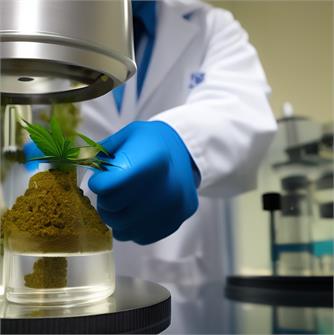The disappearance of Plant Medicine from mainstream American Medicine was a complex phenomenon that involved various factors, including the rise of modern medical care, the growth of a modern pharmaceutical industry, and changing attitudes towards natural remedies.
One of the key events that contributed to the disappearance of plant medicine was the passage of the Pure Food and Drug Act of 1906. This legislation required manufacturers to accurately label their products and disclose any harmful or addictive ingredients. While this was a step forward for consumer protection, it also created an environment in which synthetic drugs could plant a foothold in the consumer market, as medicines/formulations could be patented and sold exclusively by their manufacturers, at great financial benefit.
At the same time, the medical profession was undergoing a transformation, with doctors increasingly turning to scientific research and laboratory testing to guide their practice. This shift away from traditional remedies was fueled by the belief that science could provide more effective treatments for disease than natural remedies, which were more challenging to study. The Flexner Report, published in 1910, played a significant role in this transformation, as it called for medical schools to adopt a more scientific and rigorous approach to education and research.
The rise of the pharmaceutical industry also played a crucial role in the disappearance of plant medicine. Pharmaceutical companies were able to invest heavily in research and development – and political lobbying efforts – and they could patent and market their products directly to doctors and patients. As a result, synthetic drugs began to replace natural remedies, which were often difficult to standardize and lacked the financial incentives of patented drugs.
At the same time as the pharmaceutical industry blossomed and a more sterile system of ingredients and methods of study evolved, changing attitudes towards natural remedies also contributed to the disappearance of plant medicine. As modern medicine became more dominant, natural remedies were often seen as outdated and unscientific. This attitude was reinforced by the media, which often portrayed natural remedies as ineffective or even dangerous, relative to the more machined alternatives.
The disappearance of plant medicine from mainstream American medicine was a complex phenomenon that involved a wide variety of interconnected factors, including the rise of the modern medical approach, birth and growth of the pharmaceutical industry, and evolving attitudes towards natural remedies by experts and professionals. While plant medicine is still used today by some healthcare providers, its disappearance from mainstream medical care was largely due to the emergence of synthetic drugs and the transformation of the medical profession towards a more scientific approach to treatment.

